Stop trying to control your garden, start letting nature take the lead, then sit back and watch the benefits to people, plants and planet.
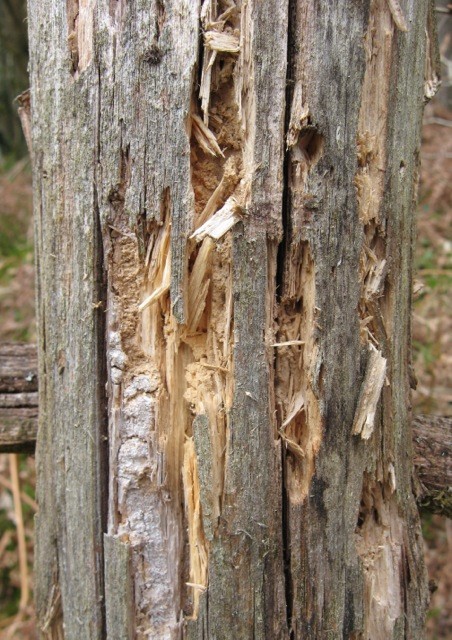
Fast-moving feathered flashes of black, white and red, amid a flurry of sawdust, to the tap-tap-tap of beak on wood: it isn’t what we usually wake up to here. Blue, great and long-tailed tits abseiling the eaves in search of spiders (to eat) and cobwebs (for nest lining) are more familiar fare outside the bedroom window. Wrens often flit agitatedly through the hazels on the nearby bank, scolding us loudly on lazy mornings, while voles and lizards skitter through leaves crisped by springtime sun. But this recent fence post-tearing visit, from a pair of great spotted woodpeckers, took in-bed entertainment to new heights.
Roused by the woodpeckers’ visit, I embarked on a ‘must check the boundary’ tour of the garden. My plot’s enclosed by a paling-style sheep-proof fence of sweet chestnut supported by chunky posts, lined on the inside with rabbit-proof mesh. Everything I do here is as earth- and climate-friendly as I can get it; concrete footings and chemical-treated ‘long life’ wooden fence posts never got onto the cards, so the naturally long-lived sweet chestnut bagged the job. It’s a beautiful, characterful, now lichen-encrusted fence, constantly changing with the weather and the seasons, throwing shifting shadows on sun-blessed days.
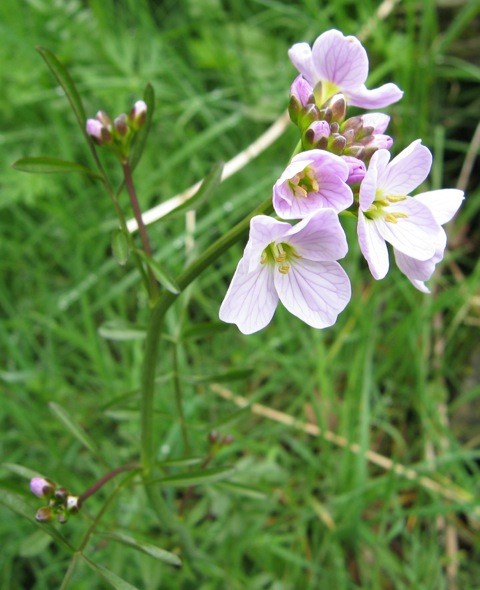
Parts of it, I’ve now discovered, have also seen better days. Some of the posts are rotting quite badly; it was one of these that the woodpeckers had ripped and drilled into – not for the fun of it, and not in search of a nest hole (they breed higher up), but for breakfast. In the gouged-out holes are the distinct signs of tunnelling grubs and other deadwood-dwellers, themselves gently feasting away, unseen – but not unheard by a woodpecker’s acutely sensitive hearing – inside the spongey, mycelium-threaded post. A gentle rock reveals that the post is gone, supported only by horizontal timbers and the wire mesh.
After instinctively entering ‘repair and replace’ mode, I paused (not least at the thought of the work involved). If I replace this post, I’ll not only be cancelling the morning show (nuthatches might add their dash of chestnut and blue-grey), but I’ll be taking away a whole self-contained ecosystem at the same time. Where else will the queens of our great garden ally, the common wasp, gather their woody pulp from, to lay the foundations of new nests? Why deprive treecreepers of the chance to tease eight-legged morsels from the rotting post’s crevices? What better spot is there on which to see a just-emerged dragonfly touch down after its maiden flight? After some mulling, nature won the day. I decided to let go – and to let things be. The life-fuelling old post is, for now, lashed to a hazel post driven in alongside it. When that goes I’ll replace both with the real long-lived deal: oak.
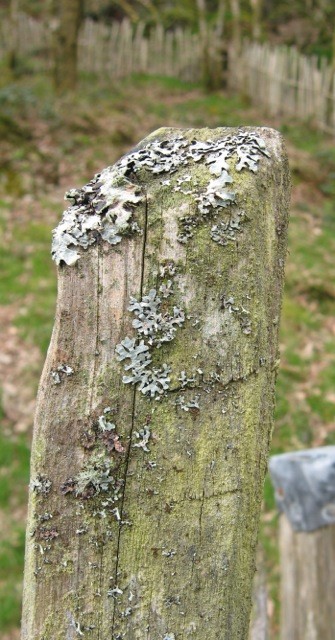
My woodpecker-inspired boundary check reminded me that letting-go gardening is already something of a speciality here. On the ‘top’ terrace, which was dug out and levelled several years back, but awaits finishing, exposed rock and huge ‘erratics’ (boulders dropped during the last Ice Age) have been colonised by myriad lichens and mosses. Letting go here has been driven by a simple lack of time. The rock, which has weathered beautifully, has become a favourite haunt of sun-seeking lizards and dishevelled butterflies fresh from winter slumbers. Among the rocks a gorse bush has sprung up from nowhere (a long-sleeping seed), floating its coconut scent out on balmy spring days. In crevices, foxglove rosettes power up ready to bloom.
Wild flowers have flourished here since I cleared the bank of bullying bracken. On the lower wild banks, below the terraces, a plethora of already-there and added-in plants thrive. We kick off with snowdrops, which give way to primroses and – a triumph in this largely sheep-mown land – cuckoo flower or lady’s smock, which will lure in beguiling orange-tip butterflies any day now. Red campion, wild angelica, hogweed and ferns follow, among a growing number of others (fingers are crossed for cow parsley after I scattered fistfuls of seeds). Patches of wild raspberry send bumblebees into a frenzy, adding background buzz to the garden from dawn to dusk. Stinging nettles, holed up in the base of the slate walls, fatten early aphids, which then draw in pest-seeking ladybirds and hoverflies, and later, egg-laying red admirals. Letting go here has been easy, and wild life burgeons.
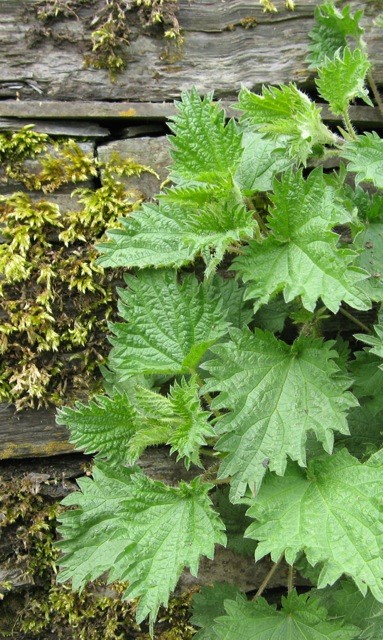
Dandelions are everywhere; in a defining act of letting go, I now let them grow more or less where they want. Every week we find new evidence that these poster-plants for weedkillers and their pollution are increasingly vital to myriad insect species. In my garden they bend under the weight of refuelling queen bumblebees in search of nest sites. I even pot them up to keep in my greenhouse as mobile flowering magnets for adult hoverflies, whose grubs devour aphids. (Away from our plots, dandelions brighten our travelling lives, pushing through the soul-crushing trails of litter blighting our roadsides. We need to leave them be there, too.)
The greenhouse itself is far more relaxed and let-it-be than ever. Long gone are the days of OCD: Obsessive Cobweb Disorder – when I couldn’t rest until all webs had been removed (even though they’d be spun afresh within hours). Pest-ensnaring spiders big and small are now an integral part of my healthy and wild, pesticide-free greenhouse ecosystem. To achieve it, I chilled out and let nature take the lead.
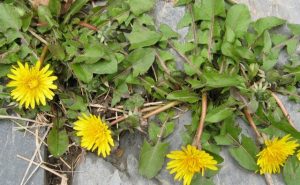
Tap-tap-tap: the woodpeckers are back, for lunch this time, acting all coy on the far side of their decaying timber takeaway. Wood chips fly as they eye me nervously, watching from the far end of the terrace. If this is what easing up on the tidiness, slowing the urge to mend, and letting go more in the garden looks and sounds like, bring it on.
Text and images © John Walker
Find John on Twitter @earthFgardener










